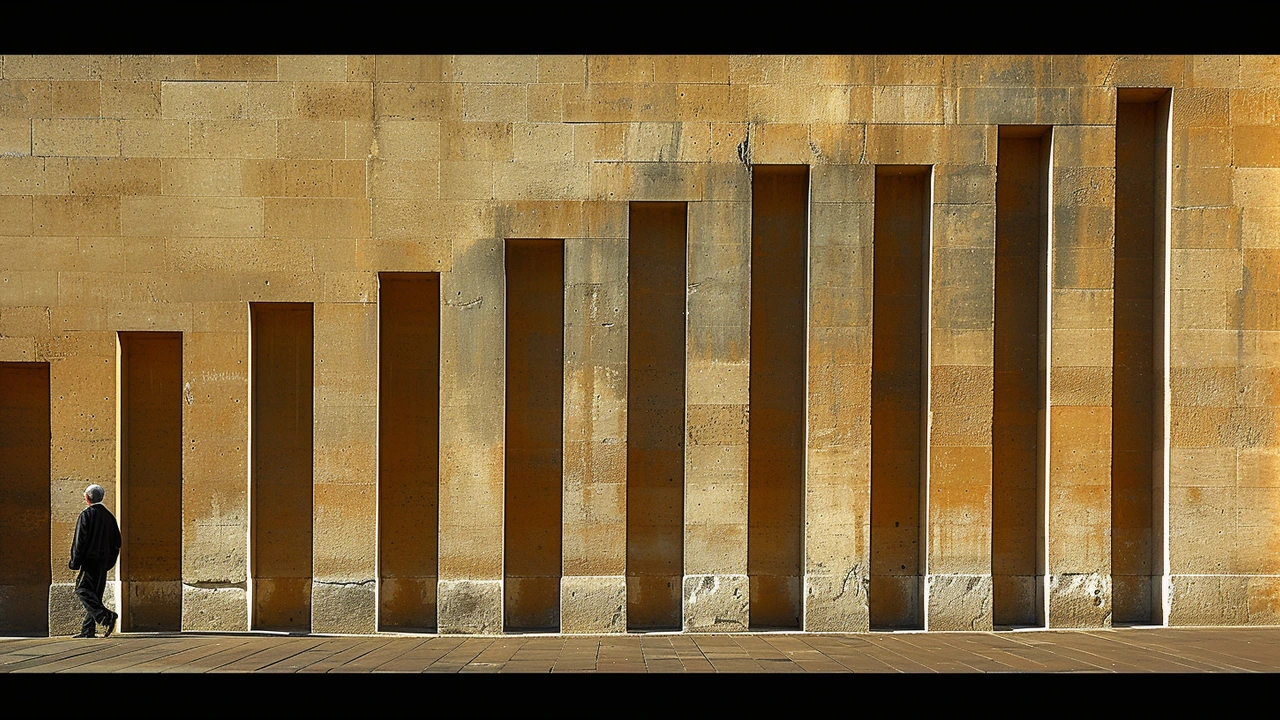Classicism Revival: Why Classical Styles Are Back in Art and Design
Classical styles aren’t stuck in museums anymore. You’ll see Baroque details in cafés, neoclassical columns on new-build facades, and Renaissance-style portraits trending on social feeds. The revival mixes dramatic old-school techniques with clean, modern tastes. Curious how to spot it or use it? Read on—this is practical, not academic.
What the classicism revival looks like
At its core, the revival borrows from old masters: balanced composition, dramatic lighting, rich textures, and ornament where it counts. Baroque brings the drama—deep shadows, motion, heavy drapery. Neoclassical favors symmetry, calm figures, and clear lines. You’ll find these elements in paintings, sculpture, furniture, and even posters and album covers.
Want concrete signs? Look for these visual clues: strong chiaroscuro (bold light and dark), sculptural forms in furniture and decor, mythological or historical subjects, and carved details on otherwise modern pieces. If a new living room pairs a gilt mirror with minimalist sofas—you're seeing classicism revival at work.
How to use classical elements right now
Keep it simple: pick one classical feature as a focal point. That could be a large painting with dramatic light, a vintage-inspired chandelier, or a single ornate frame on a clean wall. Balance is everything—pair ornate pieces with plain surfaces so the space doesn’t feel heavy.
For artists: study one master for a few weeks. Try copying an element—Caravaggio’s light, Bernini’s sense of motion, or Poussin’s composition—then remix that study into something clearly modern. Use modern materials too: resin, LED backlighting, or digital print layered with hand paint gives a fresh twist.
For designers and decorators: use a limited palette. Classical tones—deep ochres, ivory, muted blues—work well with raw concrete, glass, or steel. Scale matters: a small ornate object looks precious; a large ornate object reads theatrical. Decide the effect you want before you buy.
Buying tips: check provenance for fine pieces and ask for condition reports on restorations. For contemporary works that reference the past, look at the artist’s process—are they learning from old techniques or just copying style? The pieces with real technique behind them hold value and interest.
Classicism revival isn’t about copying the past slavishly. It’s about choosing one or two classical ideas and letting them change how a space or artwork feels. Want more examples? Explore pieces that update Baroque drama, or read profiles of artists who blend old light with modern subjects. Try one small change and you’ll notice how powerfully these classical moves alter the mood.

